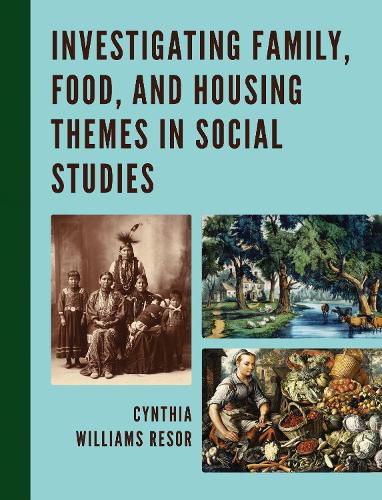Readings Newsletter
Become a Readings Member to make your shopping experience even easier.
Sign in or sign up for free!
You’re not far away from qualifying for FREE standard shipping within Australia
You’ve qualified for FREE standard shipping within Australia
The cart is loading…






Investigating Family, Food, and Housing Themes in Social Studies asks students to critically examine their own culture by contrasting it with the daily lives of average people in the past. What people ate, where people lived, and the functions of families are examined and contrasted to subjective, cultural ideals prescribing what families, food, and housing ought to have been. The relationship between housing, food, and family and social class, status, and gender are emphasized. Each chapter includes essential questions to focus student inquiry; historical overviews focused on changes in family, food, and housing from the pre-industrial era, through its transformation during the Industrial Revolution and into the twentieth century; learning activities; and primary source documents and images. This unique approach to teaching history and social studies supports thematic instruction, culturally responsive teaching, place-based education, and literacy in the elementary, middle, or secondary classrooms.
$9.00 standard shipping within Australia
FREE standard shipping within Australia for orders over $100.00
Express & International shipping calculated at checkout
Stock availability can be subject to change without notice. We recommend calling the shop or contacting our online team to check availability of low stock items. Please see our Shopping Online page for more details.
Investigating Family, Food, and Housing Themes in Social Studies asks students to critically examine their own culture by contrasting it with the daily lives of average people in the past. What people ate, where people lived, and the functions of families are examined and contrasted to subjective, cultural ideals prescribing what families, food, and housing ought to have been. The relationship between housing, food, and family and social class, status, and gender are emphasized. Each chapter includes essential questions to focus student inquiry; historical overviews focused on changes in family, food, and housing from the pre-industrial era, through its transformation during the Industrial Revolution and into the twentieth century; learning activities; and primary source documents and images. This unique approach to teaching history and social studies supports thematic instruction, culturally responsive teaching, place-based education, and literacy in the elementary, middle, or secondary classrooms.